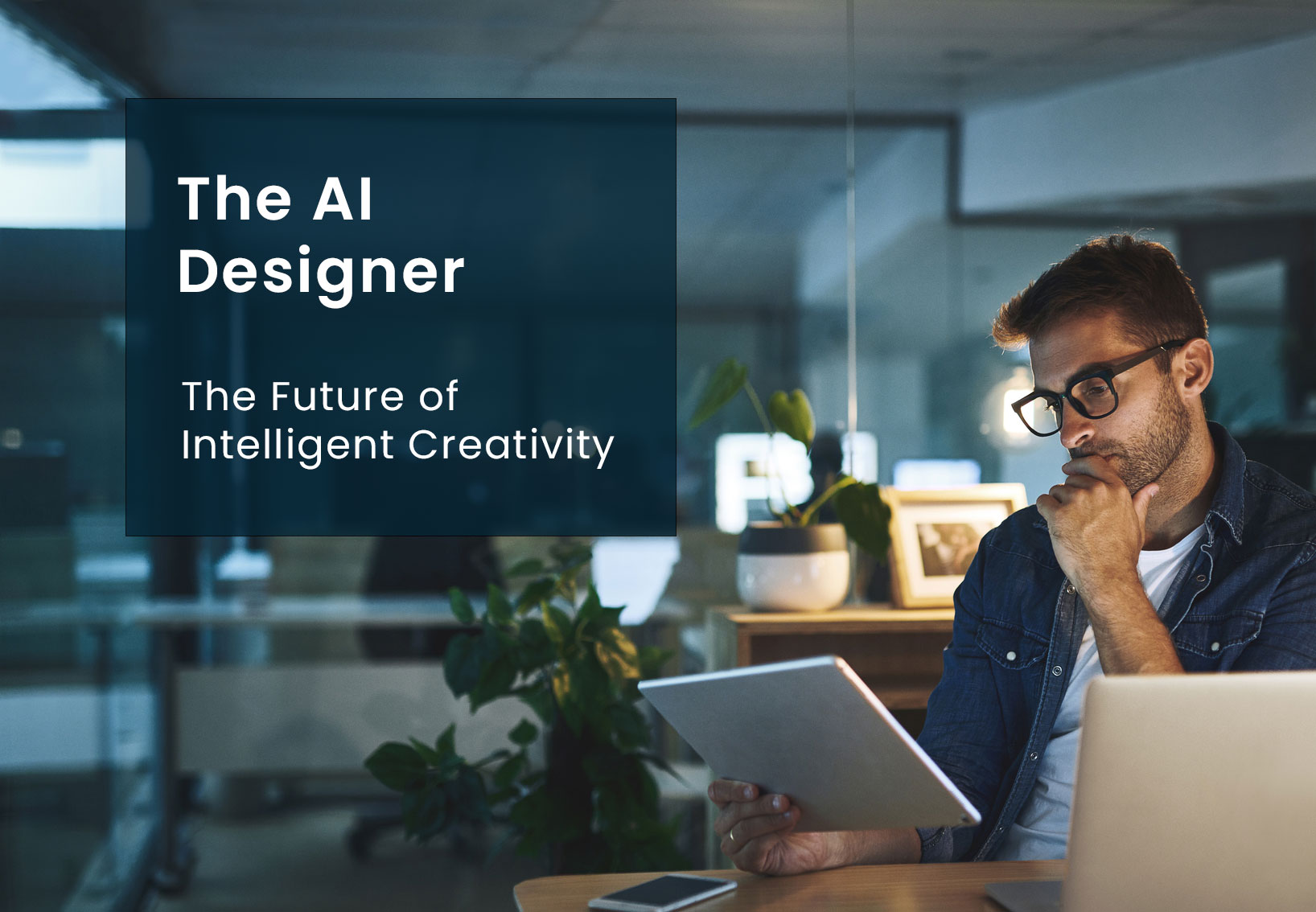The AI Designer: The Future of Intelligent Creativity
Read Time 2 mins | Written by: Max P

Artificial intelligence is reshaping industries at an unprecedented pace, and with it, a new creative profession has emerged—the AI Designer. These innovators blend human imagination with machine intelligence, using AI to redefine the creative process. But what makes an AI Designer different, and why should businesses invest in them?
What Does an AI Designer Do?
AI Designers are more than just tech-savvy creatives. They strategically integrate AI capabilities into the design workflow to enhance efficiency, personalization, and innovation. Their key responsibilities include:
-
Integrating AI into Design Workflows: Using AI tools to generate concepts, iterate quickly, and refine ideas based on data-driven insights.
-
Enhancing Human-AI Collaboration: Finding the right balance between automated design generation and human creativity.
-
Creating Tailored Experiences: Leveraging AI for hyper-personalized designs that align with user needs and preferences.
-
Optimizing the Creative Process: Automating tedious tasks to allow more time for innovation and problem-solving.
-
Understanding Business Strategy: Ensuring AI-driven design solutions align with company goals, improving customer engagement and driving growth.
Supporting AI Design Talent
At our company, we recognize that AI Designers represent the future of creative problem-solving. Cultivating this talent requires:
-
Encouraging Experimentation: Providing space for AI Designers to test new ideas and explore unconventional approaches.
-
Equipping with the Right Tools: Investing in AI-powered platforms that enable designers to push creative boundaries.
-
Fostering Interdisciplinary Collaboration: Encouraging teamwork between AI Designers, engineers, marketers, and strategists to drive innovation.
-
Ongoing Learning and Development: Keeping pace with AI advancements to continuously refine creative methodologies.
Why Businesses Need AI Designers
Companies that embrace AI Designers gain a significant advantage, including:
-
Faster Production Cycles: AI-assisted design workflows streamline processes and accelerate time-to-market.
-
Enhanced Customer Engagement: AI-driven personalization fosters deeper connections with users.
-
Scalability Without Sacrificing Quality: AI enables businesses to scale creative efforts while maintaining brand integrity.
-
Future-Proofing Design Strategy: Companies that invest in AI Designers are better positioned for the evolving digital landscape.
As AI technology advances, AI Designers will play an increasingly crucial role in shaping innovative and customer-centric experiences. Organizations that support and develop this talent will be the ones driving the future of intelligent creativity.
How do you see AI influencing the future of design? Share your thoughts in the comments below!
